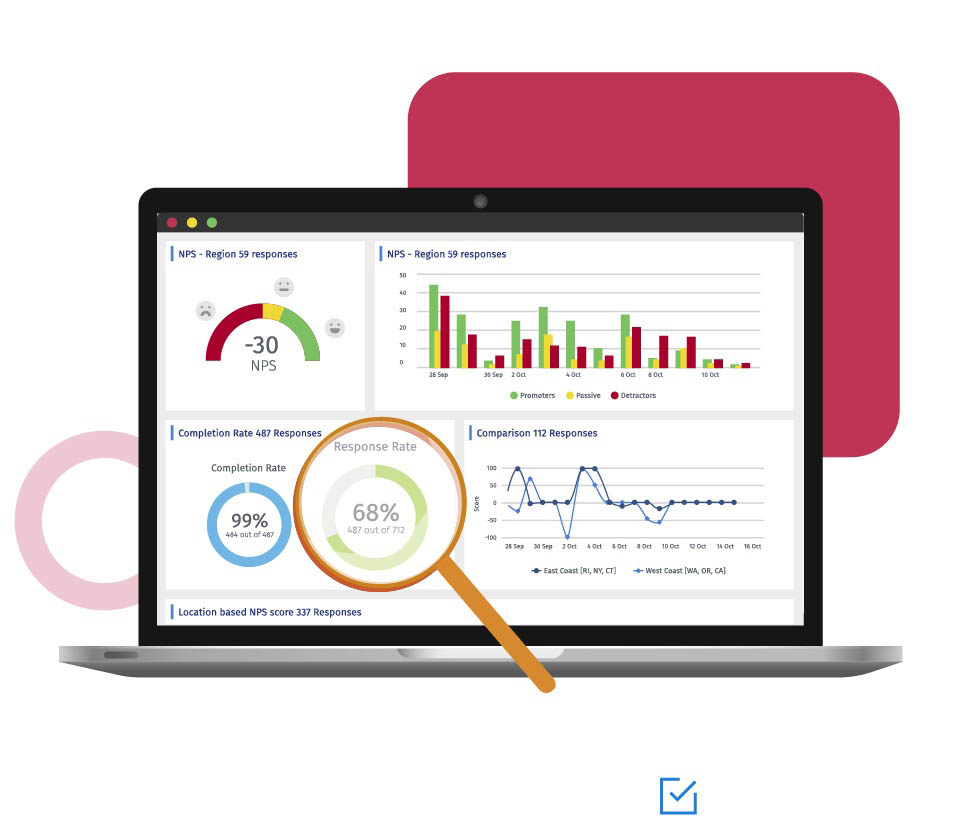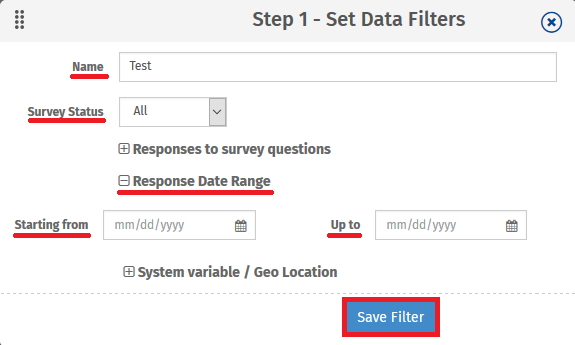Longitudinal studies generally feel the need to analyze responses based on various time frames. This feature is exceptionally vital in cases where the market is volatile and subject to continuous change.

Example of time-based data segmentation
Researchers generally use time-based filters to measure customer behavior and social-personality over time. Organizations use them to study fluctuations in thoughts, emotions, and behaviors from time to time or moment to moment.
For example, A time-based approach helps compare different characteristics during different periods to study consumer trends. Time-based filters help assess advertising campaigns and their effects on the target audience.
Uses of time-based data segmentation
Time-based data filters help organizations track consumer behavior. It helps them understand the market trends and the factors that affect them. It also helps to understand the effectiveness of advertisement campaigns and gauge consumer behavior during specific seasons or behavioral changes due to external factors. Researchers use time-based filters to understand the level of engagement created by a brand due to marketing activities.
Advantages of time-based data segmentation
Here are the advantages of time-based segmentation:
Used in medical studies: Time-based filters help relate to events. Researchers can gauge the long-term and short-term effects of drugs on patients.
Establish a sequence of events: Breaking down the study by time helps researchers establish the sequence of events, making it easier to gauge trends.
Meaningful insights: By focusing on a specific time-frame, researchers gather meaningful insights by filtering by time.
Draw better conclusions: Time-based filters help researchers draw better conclusions by tracing habits during specific times and understand what factors affect what decisions.
How to use time-based data segmentation?
Learn how to set up and use this feature with our help file on time-based grouping analysis.
Survey Software Easy to use and accessible for everyone. Design, send and analyze online surveys.
Research Suite A suite of enterprise-grade research tools for market research professionals.
Customer Experience Experiences change the world. Deliver the best with our CX management software.
Employee Experience Create the best employee experience and act on real-time data from end to end.






